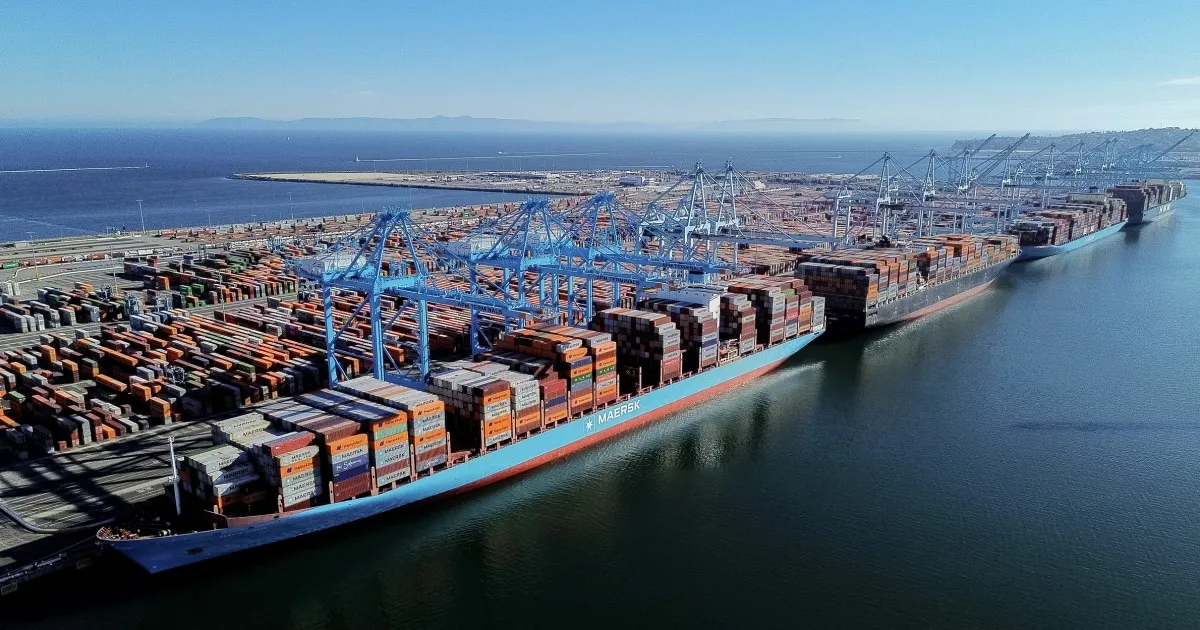
A new reality is settling in for the global economy: President Donald Trump’s tariffs — set at levels once considered mostly unthinkable — are here to stay. On Monday morning, Trump announced that the baseline tariff rate for the world will be “in the range of 15 to 20% ... probably one of those two numbers.” This significant statement underscores Trump’s commitment to reshaping trade dynamics between the United States and other countries.
Trump elaborated, stating, “We’re going to be setting a tariff for essentially the rest of the world, and that’s what they’re going to pay if they want to do business in the United States, because you can’t sit down and make 200 deals.” This announcement came just hours after Trump revealed a new agreement with the European Union, which includes a 15% tax on products imported into the United States from the bloc. Additionally, the E.U. has committed to spending $750 billion on energy purchases from the U.S. and investing another $600 billion domestically.
Before Trump’s second term, imports from the E.U. faced an average effective tax rate of approximately 1.2%. By making tariffs a cornerstone of his administration, Trump is challenging the decades-old Washington consensus that emphasizes the importance of free trade. During his 2024 presidential campaign, he hinted at a baseline tariff of 10%, particularly targeting Chinese goods. However, the final tariff levels he has implemented are significantly higher, nearing 20%, marking the highest rates seen in nearly a century, according to The Yale Budget Lab, a nonpartisan policy research center.
This shift equates to an average loss of up to $2,700 in annual income per household, as estimated by the lab. While the taxes collected may aid in narrowing the long-standing federal deficit, the overall economic impact remains a topic of significant concern.
In a note to clients titled “Trump winning on his terms,” Neil Dutta, head of economics at Renaissance Macro, compared Trump’s series of trade agreements — including those with China, the United Kingdom, Vietnam, Japan, Indonesia, and the Philippines — to entering an unwise competition but still achieving victory. “I can’t help but wonder that as every academic and critic of the White House lights their hair on fire over the effective tariff rate, America is taking some steps to rebalance our economy,” Dutta noted, suggesting that the administration’s aggressive tariff strategy is a step toward economic rebalancing.
Alongside these country-specific tariffs, duties on aluminum, automobiles, auto parts, copper, lumber, steel, and timber remain in effect, with Trump hinting at potential tariffs on pharmaceuticals as well. Following the announcement of higher-than-expected tariffs in early April, markets initially tumbled but have since recovered, reaching new record highs, although uncertainty continues to loom over future economic conditions.
According to a recent Wall Street Journal poll, the odds of a recession have increased to about 1 in 3 since Trump began his second term, compared to less than 1 in 4 at the end of President Joe Biden’s administration. Wall Street analysts have expressed skepticism regarding the trade deals, with the market reaction to the E.U. agreement being notably muted, as evidenced by the S&P 500 slipping into the red by 2 p.m. on the day of the announcement.
The Trump administration has provided various justifications for the tariffs, claiming they will bolster employment and reduce the deficit. They assert that any business unwilling to pay the tariffs should consider relocating their production back to the United States. However, outside of Trump's core supporters, there are few defenders of these tariffs; even the U.S. automotive sector, which the tariffs aim to support, expressed concerns over increased import taxes stemming from the recent deal with Japan.
Overall, the economic results since April, when Trump’s tariffs began to roll out, have not favored his administration. Growth in manufacturing employment has been statistically insignificant, and inflation-adjusted wage growth has declined. As the release of jobs data for July approaches, the potential impact of these tariffs on employment will become clearer.
Major corporations like Amazon and Walmart, which have attempted to voice opposition to the administration's tariff policies, have faced swift rebukes from the White House. This has likely discouraged other companies from expressing similar concerns. The ultimate effects of the tariffs will largely depend on the outcomes of negotiations with three of the U.S.'s largest trading partners: Canada, China, and Mexico. Administration officials have warned not to expect any new breakthroughs in the ongoing discussions with China, which means the current average effective tariff rate of more than 50% is likely to remain unchanged.